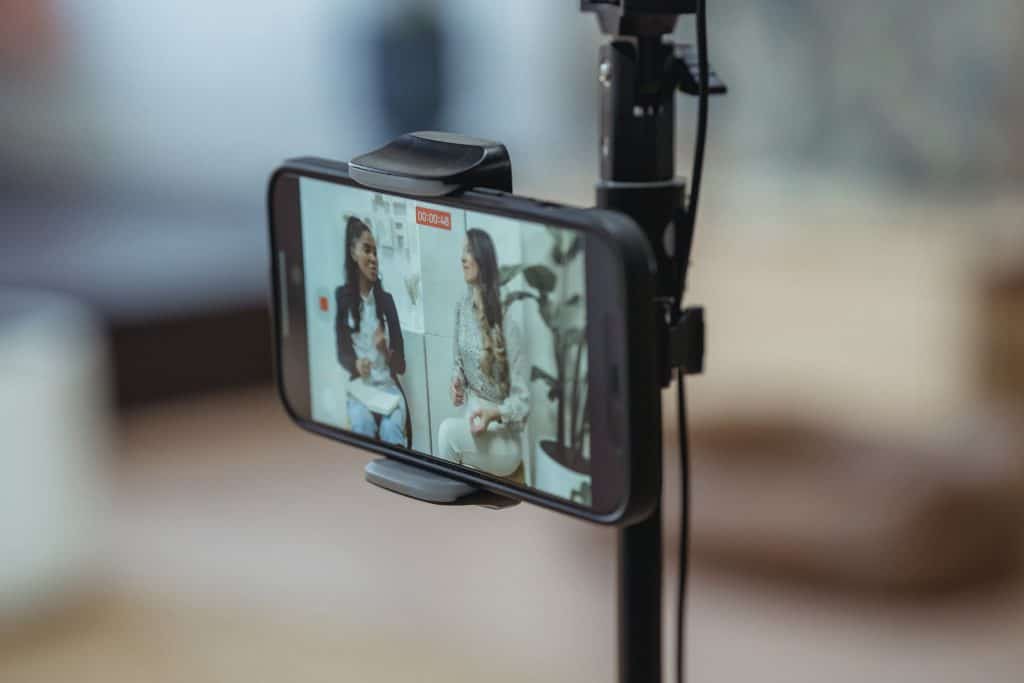
Throughout the pandemic, fundraisers have struggled to engage online donors with the cause. But embracing low-cost technological solutions can help.
During the transition to virtual events, nonprofit event planners simply didn’t have a playbook. A purely online fundraiser with a livestream, a remote auction and a virtual donation appeal was new to almost everyone—there were no tricks of the trade or conventional wisdom to fall back on, and many of the classic approaches to fundraising simply didn’t apply.
One of the biggest issues that nonprofits reported with virtual events (detailed in our State of Nonprofit Fundraising publication) was guest engagement. Even getting attendees to show up for a virtual event was a challenge for many fundraisers. It seemed that, when it came time for live auctions and paddle raises, the same emotional energy that exploded at a live event just didn’t carry over to the online sphere. The device screen created distance that wasn’t only physical, but psychological, too.
This frustration with waning donor interest isn’t an isolated challenge. Many nonprofits also reported struggling with event production and live streaming, which make up the foundation of a virtual event. The livestream is the only point of contact between guests and the cause, so it must look good, sound good, and maintain excitement and tension throughout to keep people from walking away.
You Don’t Need a “Big Budget” to Achieve Fun
The only way toward excellent guest engagement is through the very tech we rely on to make virtual events possible. This doesn’t mean that a nonprofit must dump tons of cash on camera equipment, recording equipment, or production teams to put on a fantastic event—though hiring a professional in the field will make a lot of things easier.
Creativity, ingenuity, and a deep understanding of your audience are critical components of a virtual event program that keeps everyone entertained until the end. Brainstorm what tone or style will work best with your group. Are there a lot of parents? Grandparents? Young professionals? Select music for the stream, decorate the stage, and choose entertainment to suit their tastes and interests.
Let Loose and Have a Good Time
Our client, Youth Music Project, put on a virtual event that kept their audience in mind and really resonated with them. “To grab guests’ attention—and hold onto it throughout the Facebook feed—[Youth Music Project] opened their upbeat “Some Good News” event with a big, star-studded pre-show that included Grammy nominee Bill Hart. The rest of the broadcast was filled with happy, emotional stories from youth served by the organization, peppered by 25 small ad spots recognizing important sponsors or simply congratulating the kids and staff for their achievements. No one took it too seriously, and a spirit of fun prevailed over the night. YMP recorded the majority of the show in advance to keep things on schedule and avoid any technical interruptions.”
Using sponsor ad spots or brief “intermissions” to break up the fundraising stream is a great way to keep guests watching. Avoid things that are too dry or businesslike; depending on your group, utilize skits, bits, inside jokes—anything that will stir up excitement about your cause and keep it fun.
Easy Day-of-Event Production
Trying to broadcast an event to hundreds of people is challenging. Fundraisers are used to doing events live, where all that matters is getting sound and video across the ballroom—but virtual events introduce new variables, like transferring control of the stream from one host to another, or interspersing pre-recorded video with a live feed.
Plan Have a very clear schedule laid out—down to 10-second intervals—outlining which videos will be playing when, and who is responsible for them. The fewer switch offs you have, the lower the chance of error.
Pre-record Record as much of your event in advance as you can, and that will minimize any technical problems or irregularities in broadcast quality. Ideally, your broadcast can be managed all by one person, or from one location, with an emcee or host introducing each video segment until breaking away for the live auction or appeal portion of the program.
Practice We’re used to doing everything live, but when computers get involved, things get a little less predictable. Try it out multiple times before the big night to make sure it all flows together, and everyone involved knows what to do!
Work With a Professional Production Team Trying to learn everything on your own can be a massive hassle, if not simply impossible. Hire professionals to film the most important segments, such as the live auction, and help run your live stream platform so you can focus on fundraising.
Employing home cameras or phone cameras for individual ad spots, skits, or other entertainment can not only be less expensive but also more fun and more relatable for your audience!
